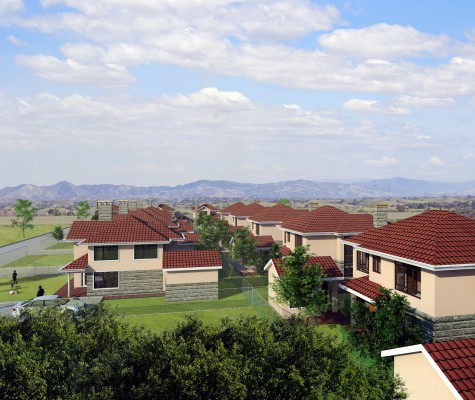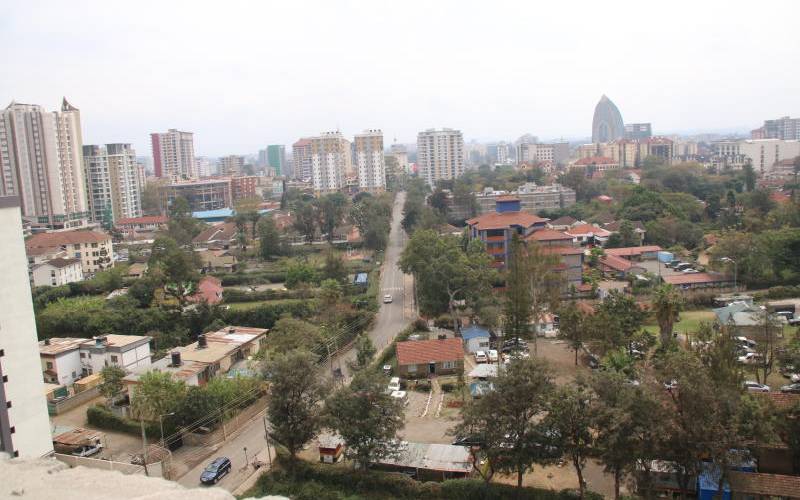Suffering a general slowdown resulting from elections uncertainty and Kenya’s new interest rate cap, county land prices rose by an average 7.37% in 2017 compared to a 12.07% rice in 2016.
However, a new county survey delivered evidence of ongoing market strength as well as underlying patterns pushing land prices in sometimes opposite directions.
Speaking during fifth annual East Africa Property Investment (EAPI) Summit in Nairobi, Hass Consult Head of Development Consulting, Sakina Hassanali said that countrywide, infrastructure development and local economic growth continued to drive strong price growth and for many investors, the magical key still remains “follow the roads”.
“We see clearly from price growth of 12 to 14% in Nakuru and Kisumu last year that areas enjoying an influx of business and finance, and underpinned by robust agricultural economies, were only slowed marginally by elections and rate cap,” said Kfir Rusin, EAPI Managing Director.
The county land report, which covers 10 counties and 75 towns across Kenya, also analysed the towns and suburbs that experienced the greatest growth in land prices and those that suffered falling land prices, thus finding evidence of pricing cycles playing out within multiple counties.
“From the more than 20% surge in land prices in Utange, which delivered the strongest growth of the year on an influx of elite residents vacating Nyali, to a similar movement to Ngata by residents from Nakuru, the data showed shifts to new residential beacons, as intensive development began to take the shine off former hot spots,” said Ms Hassanali. “likewise, in tracking the surge in prices in Embakasi and to a lesser extent Donholm, we see the first signs of gentrification of inner city areas as congestion and commuter lifestyles elevate the attraction of these areas ‘proximity to the work place, ” she added.
Commenting on these urban cycles now playing out in Kenya, Rusin noted that East Africa was now running a full cycle from initial generation of new conurbations, to the regeneration of older centres.
“This latest survey and its wealth of data show a clear picture of early waves of development driven by advantages of accessibility, location, local activity and resources such as strong water supply,” said Rusin. “But as development intensifies, many conurbations experience an evolving character that triggers waves of buyer flight and then a new type of influx,” he added.
Investment into such cycles requires far more insight into the nature of specific areas than was previously the case when all land prices were rising exponentially.
The county land survey also identified several spots where land prices appear to have overheated, only to sink thereafter, among them Thika where land prices rose by more than 30% in 2016, only to fall by more than 4% last year, in the biggest price fall of the year.
“Investors need to be wary of surges that fly over and above any development norm, as spots that will very often suffer subsequent prices corrections or at the very least subdued and even depressed pricing for some years to follow, as in the case of Ridgeways in Kiambu,” added Ms Hassanali.
READ: Kirinyaga DG saga: Fraud or fling gone wrong?
However, as analysts moved to review the drivers in the drivers in the multiple local real estate’s markets, the strength of the overall land price growth in an election year that saw many commitments stalled and finance constrained on policy interventions was a clear testimony to the ongoing potential and needs in Kenya real estate.













Leave a comment